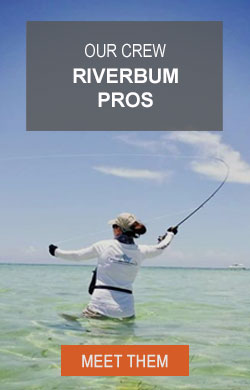Floatant
Over the past 5-10 years, I’ve tried to improve in all areas of fly fishing. Different techniques, different styles, and different approaches. However, I began fly fishing out west on native cutthroat trout streams…and that means a dry fly bite!
A good drag free drift and proper buoyancy is essential to getting bit. That means a good floatant is key.
The floatant serves two puroposes. One is to ensure that our Dry Fly floats on the water surface or in the surface film, thus imitating an adult insect, Emerger or Spent. The other is to assist the Leader or Tippet to float in the surface film.
I’ll put floatant on my leader, but never my tippet. Trout have great eyesight. Tippet on the surface film can spook the fish. You actually want you tippet slightly below the water. So, what floatants to use?
Floatants come in different types:
- Gel – This is the most commonly used flying fishing floatant, usually applied as pre-treatment on a completely dry fly, with enough gel to coat. Less is more here. Excessive application could cause sinking.
- Powder shake – Ideal for use when the fly is wet. Used frequently on larger flies like stone flies.
- Liquid – Made of different chemicals and is ideal for pre-treatment, it works best when the fly is fully dry.
- Spray-on – Easy to use, this floatant is easy to apply and can be used pre-treatment and after the fly has become wet. It coats large flies evenly, too. The downside to this is you get a lot of product spray no on the fly and into the water.
On your next trip, make sure you have the floatant you need. I personally carry Gel and Powder, both have their application. You’ll find a nice variety at RiverBum including High n Dry products. I’ve found High n Dry superior to any other floatant. Nothing beats a good dry fly bite! Make sure to pack the right floatant.







